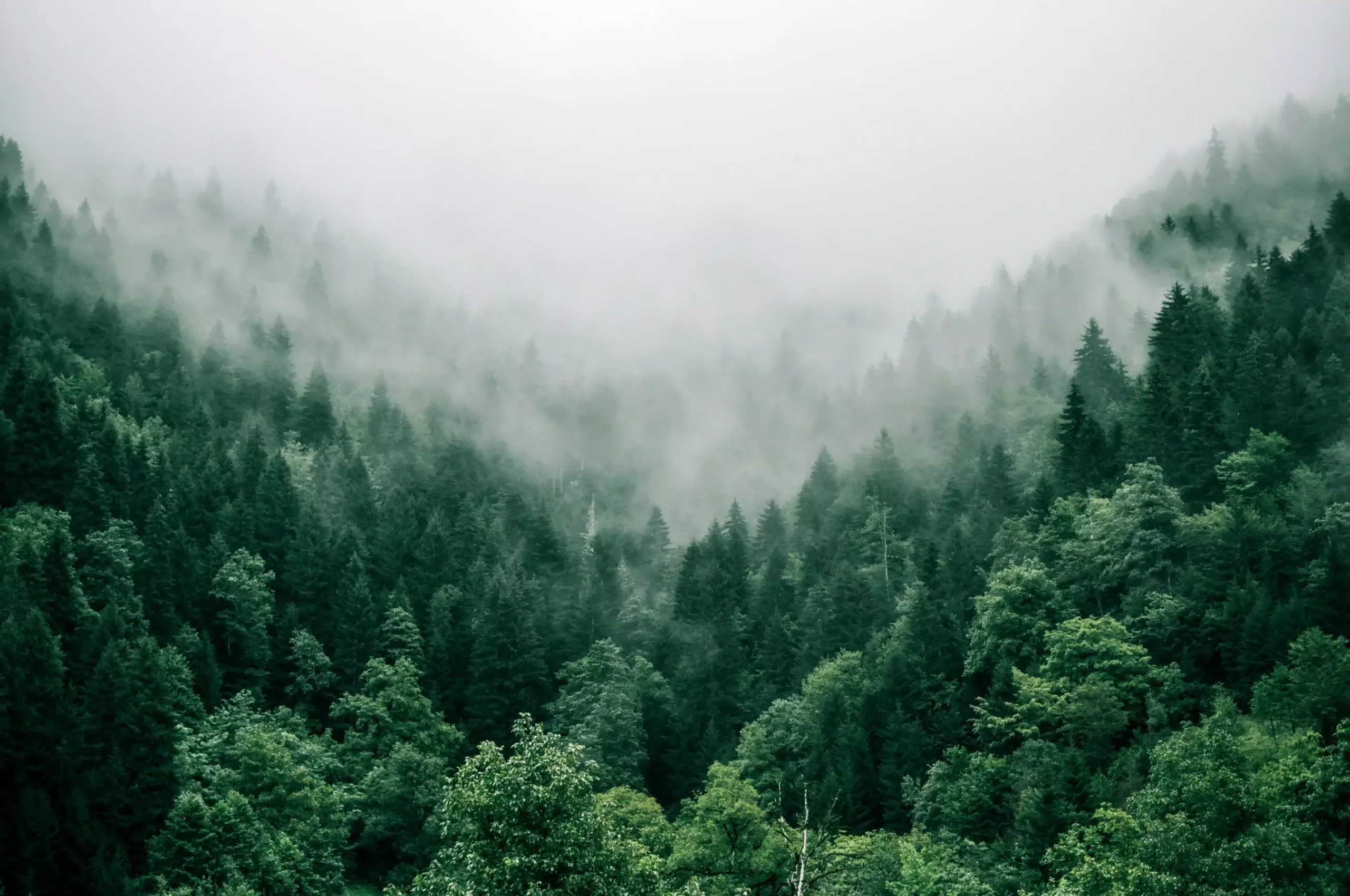A recent analysis of U.S. Forest Service data has revealed that climate change is reshaping forests differently across the United States. Forests in the American West are particularly affected by rising temperatures, droughts, wildfires, and disease outbreaks. The study, led by researchers from UF Biology, highlights a pronounced regional imbalance in forest productivity. Over the past two decades, the Western U.S. has experienced a significant slowdown in productivity, while the Eastern U.S. has seen slightly accelerated growth.
Forests play a vital role in regulating the Earth’s climate by acting as carbon sinks. They sequester approximately 25% of human carbon emissions annually. However, the ability of forests to store carbon depends on the delicate balance between the positive and negative effects of climate change. To understand these dynamics, the study analyzed national-scale forest inventory data from 1999 to 2020, encompassing 113,806 measurements in non-plantation forests.
Different drivers of climate change have varying effects on forest productivity. While droughts and forest pathogens have negative impacts, carbon dioxide fertilization shows potential for positive effects. The increase in carbon dioxide levels enhances plant growth through increased photosynthesis. Inspired by this phenomenon, the researchers in this study analyzed the data collected by the U.S. Forest Service to examine whether tree growth rates align with the carbon dioxide fertilization hypothesis.
The study found that tree growth in the Eastern U.S. aligns with expectations of increased rates due to carbon dioxide fertilization. However, extreme climate effects in the Western U.S. overshadow any positive growth trends. This challenges the assumption that forests in the region will continue to increase their carbon-storing capacity. The research indicates that future projections of climate change and sea-level rise may be too optimistic.
The findings of the study highlight the regional-specific influences of climate change. Climate change is not a uniform force but rather a dynamic agent that can push forests past a tipping point. Some forests are already approaching or surpassing climate thresholds that shift them from being carbon sinks to becoming sources of carbon. The Western U.S. is already experiencing this reversal, and there are indications that other drought-impacted regions, such as the Amazon, may face similar challenges.
The decline in forest productivity in the Western U.S. cannot be solely attributed to increased rates of tree mortality due to events like wildfires. The study shows that additional carbon loss occurs due to declining tree growth rates. Adverse climate change effects, including decreased precipitation, contribute to slower tree growth. This implies that even without intensifying wildfires, the carbon sink in Western forests will continue to weaken unless urgent action is taken to reduce greenhouse gas emissions.
The transformations observed in U.S. forests raise concerns about their future resilience and sustainability. The researchers emphasize the urgent need for governments and industries to collaborate in reducing greenhouse gas emissions and achieving net-zero emissions as soon as possible. Without significant emissions reductions, forest carbon sinks are likely to weaken, accelerating the pace of climate change. Maintaining healthy forests in conjunction with emissions reduction is crucial for restoring the global carbon balance and limiting the impacts of climate change.
Climate change is having disparate impacts on forests across the United States. The Western region is facing severe consequences, while the Eastern region experiences milder effects. The study underscores the importance of understanding the complex relationship between climate change drivers and forest productivity. Urgent action is required to mitigate greenhouse gas emissions and preserve the resilience of forests in the face of climate change.


Leave a Reply